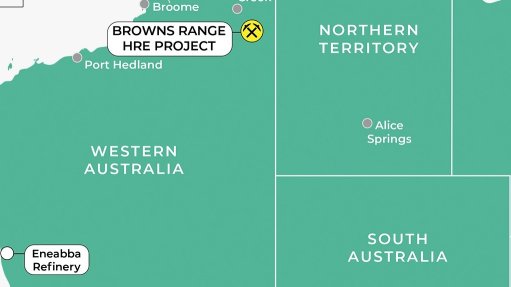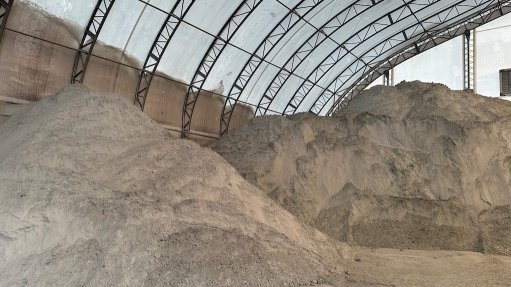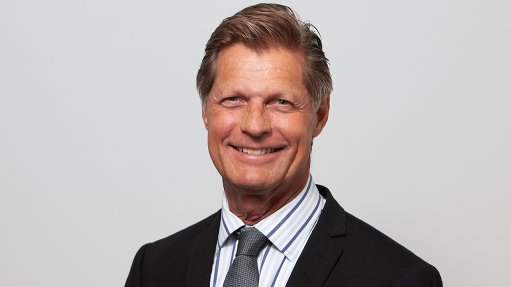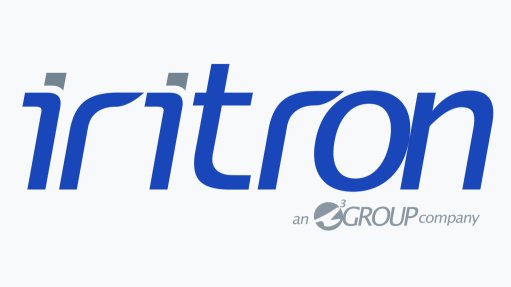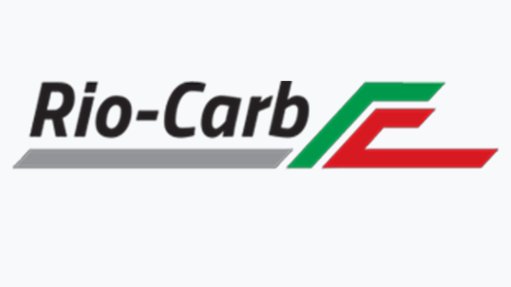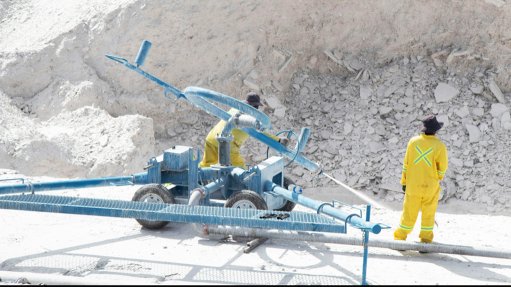Flexibility, knowledge assist in cost reduction

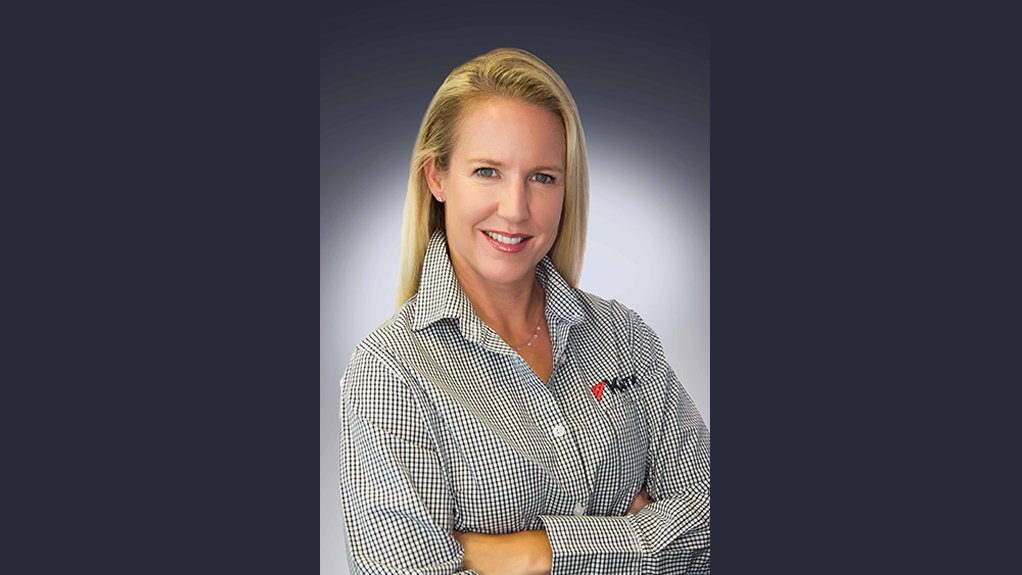
KIM SCHOEPFLIN To achieve efficient and productive coal processing at the lowest possible cost, there needs to be an understanding of the underlying orebody, the application and the overall process
The coal sector faces immense cost pressures, which are influenced and exacerbated by uncontrollable macroeconomic factors, notes vibrating equipment solutions provider Kwatani CEO Kim Schoepflin.
However, she comments that Kwatani has sought to mitigate the impact of these factors by reducing costs through a novel solutions approach.
“We work with the largest opencast coal mine in the world. On that plant alone, we look after more than 200 vibrating screens. We have worked with juniors through to coal majors, both locally and aboard. We are very much entrenched in the coal sector,” Schoepflin comments.
She adds that this deep-rooted affiliation with its customers has bred an intrinsic understanding of the sector, which, in turn, has led to Kwatani implementing innovative and custom approaches.
“To achieve efficient and productive coal processing at the lowest possible cost, there needs to be an understanding of the underlying orebody, the application and the overall process. This understanding must incorporate the implementation of an optimal flowsheet, which needs to be supported through appropriate and effective process equipment.”
Schoepflin notes that each of these elements has a “massive” influence on operating costs, and that the improvement of one aspect requires knowledge of the entire cycle.
“Processing equipment efficiency can have an enormous influence, because you can have a great orebody but not great efficiency and throughput, which obviously influences overall costs and margins.”
She notes that screening is integral to coal processing, but can sometimes be overlooked, as a screen is not necessarily the biggest cost factor in a coal processing plant. However, “if a screen doesn’t run, that module stops, which has a major impact on production”
.In terms of Kwatani’s “engineered for tonnage” approach, Schoepflin notes that the original-equipment manufacturer (OEM) tries to customise equipment to the mine’s requirements, matching its specific metallurgical applications as well as the plant’s footprint.
“It starts with attaining knowledge of the operation, and the marriage of this knowledge with the installation of a technologically advanced screen, able to seamlessly meet the process and plant requirements.”
Moreover, “you can’t meet specific efficiency requirements with a catalogue screen. You have to actually engineer a screen to perform and behave in a specific manner”
.Schoepflin adds that this engineered solution is strengthened by the implementation of a “tailor-made” maintenance approach, as well as adaptable commercial solutions.
“If you’re not innovative in every respect, you cannot succeed in the industry – not anymore.”
Further, this approach’s inherent adaptability is key to securing and retaining clients.
“Every client is different. They have varying capital and operational budgets, with varying resilience to challenges such as economic stagnation or even the unfolding effects of the coronavirus.”
Moreover, this resilience, or lack thereof, often has connotations in terms of personnel changes, with cost cutting measures usually resulting in a reduced staff complement, and disparate roles being merged under a single employee.
This has left in-house maintenance teams understaffed, Schoepflin notes, that it is unreasonable to expect one individual to understand the specific service requirements of multiple plant equipment such as a crusher, a screen and a magnetic separator.
She says that this is one of the reasons why Kwatani offers multiyear, customised service agreements, in which the OEM, “aligns our service to the mine’s equipment lifecycle. If they have available staff, we can offer on-site training and inspections. Or, if needed, we can provide everything from a service or maintenance perspective”
.Schoepflin notes the service agreements can comprise of regular physical equipment service and maintenance to ad hoc inspections. Ultimately, the aim is to ensure that, “at all times, the machine is operating at optimal specification”. She adds that these service agreements also enable a value-added partnership with customers to ensure that changes over time are considered.
Often these service agreements are coupled with continuous improvement objectives.
The Kwatani commercial solutions offering incorporates flexible financial terms depending on the mine’s budget, credit rating and ability to fund purchases.
The OEM has also introduced cost per ton agreements, which Schoepflin says “binds” the company to the customer, because payment only occurs when the equipment is “producing the required tonnage. The agreement ensures that both parties share in the gains and losses”
.She notes that all mines struggle with costs, but that juniors face major cost pressures, specifically regarding upfront capital. Kwatani’s engineered solutions approach allows the OEM to provide fit-for-purpose solutions, benefiting the junior and emerging sector in particular, given their unique financial situations.
Schoepflin also points to Kwatani’s willingness to refurbish screens and equipment – even those manufactured by other OEMs – adding that many juniors do not have the ability to buy new equipment outright.
She states that facilitating the entry and continued sustainability juniors is not as simple as lowering prices and extending payments terms. “It’s about offering a solution instead of just a product. It’s about building a relationship for continued sustainability and success.”
Article Enquiry
Email Article
Save Article
Feedback
To advertise email advertising@creamermedia.co.za or click here
Press Office
Announcements
What's On
Subscribe to improve your user experience...
Option 1 (equivalent of R125 a month):
Receive a weekly copy of Creamer Media's Engineering News & Mining Weekly magazine
(print copy for those in South Africa and e-magazine for those outside of South Africa)
Receive daily email newsletters
Access to full search results
Access archive of magazine back copies
Access to Projects in Progress
Access to ONE Research Report of your choice in PDF format
Option 2 (equivalent of R375 a month):
All benefits from Option 1
PLUS
Access to Creamer Media's Research Channel Africa for ALL Research Reports, in PDF format, on various industrial and mining sectors
including Electricity; Water; Energy Transition; Hydrogen; Roads, Rail and Ports; Coal; Gold; Platinum; Battery Metals; etc.
Already a subscriber?
Forgotten your password?
Receive weekly copy of Creamer Media's Engineering News & Mining Weekly magazine (print copy for those in South Africa and e-magazine for those outside of South Africa)
➕
Recieve daily email newsletters
➕
Access to full search results
➕
Access archive of magazine back copies
➕
Access to Projects in Progress
➕
Access to ONE Research Report of your choice in PDF format
RESEARCH CHANNEL AFRICA
R4500 (equivalent of R375 a month)
SUBSCRIBEAll benefits from Option 1
➕
Access to Creamer Media's Research Channel Africa for ALL Research Reports on various industrial and mining sectors, in PDF format, including on:
Electricity
➕
Water
➕
Energy Transition
➕
Hydrogen
➕
Roads, Rail and Ports
➕
Coal
➕
Gold
➕
Platinum
➕
Battery Metals
➕
etc.
Receive all benefits from Option 1 or Option 2 delivered to numerous people at your company
➕
Multiple User names and Passwords for simultaneous log-ins
➕
Intranet integration access to all in your organisation







